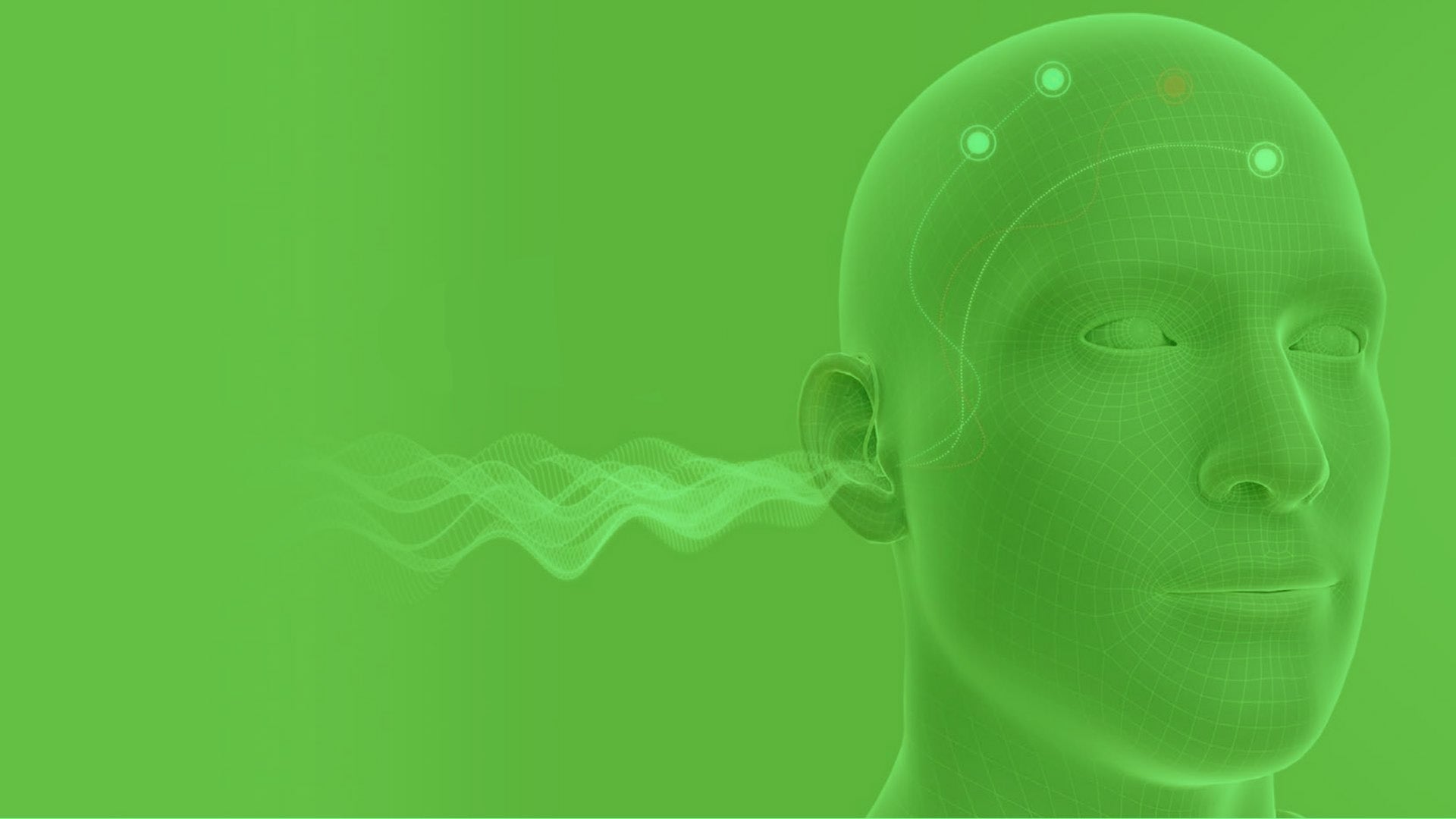Congenital Hearing Loss for New Parents
A New Mom’s Guide to Understanding Hearing Loss in Newborns
Getting news that your newborn has congenital hearing loss can feel overwhelming and confusing. Take a breath — with the right diagnosis, early intervention, and a supportive team, babies with hearing loss can grow up to be bright, social, and confident kids.

What Is Congenital Hearing Loss?
Congenital hearing loss means a baby is born with—or develops during pregnancy—a degree of hearing loss. It can affect one ear (unilateral) or both ears (bilateral), and that distinction matters for how we plan care and support.
Common Causes
- Genetic factors — about half of congenital cases have a genetic explanation. Examples include mutations like GJB2 (connexin 26) and SLC26A4 (pendrin).
- Infections during pregnancy — rubella, cytomegalovirus (CMV), and toxoplasmosis can affect fetal hearing development.
- Birth complications — prematurity, low birth weight, or oxygen deprivation at birth can contribute.
- Ototoxic exposure — certain medications and toxins can damage the inner ear.
Assessment & Diagnosis: The Tests You Should Know
A clear diagnosis is the first step to an effective plan. These are the main tests used with newborns and infants:
1. OAE (Otoacoustic Emissions)
OAE checks how the cochlea (inner ear) responds to sound. It’s quick, painless, and widely used for newborn screening.
2. ABR (Auditory Brainstem Response)
ABR measures electrical activity in the auditory nerve and brainstem in response to sounds. It's useful when OAE results are abnormal or when there’s a higher neurological risk.
3. ASSR (Auditory Steady-State Response)
ASSR gives frequency-specific estimates of hearing thresholds, which helps audiologists determine how much amplification a child needs at different pitches.
4. Tympanometry
This test assesses middle-ear function—useful for detecting fluid, infection, or eustachian tube issues.
Types of Hearing Loss
- Sensorineural — damage to the cochlea or auditory nerve (often permanent).
- Conductive — sound isn't transmitted efficiently to the inner ear (often treatable medically or surgically).
- Mixed — a combination of sensorineural and conductive factors.
How Severe Is It? (Simple Guide)
- Mild — soft sounds are hard to hear.
- Moderate — speech can be unclear without help.
- Severe — normal conversation is difficult to hear.
- Profound — very limited access to sound; often considered for cochlear implant.
Treatment & Intervention Options
1. Hearing Aids
For many children with sensorineural loss (mild to severe), hearing aids are the first step. Pediatric Behind-The-Ear (BTE) models are preferred because earmolds can be replaced as the child grows.
Key things parents should expect:
- Fitting and verification by a qualified hearing care professional using pediatric protocols.
- Regular earmold replacements (often every 2–4 months for infants).
- Ongoing aided testing to make sure the child actually has access to speech sounds.
Phonak Sky is one pediatric option designed specifically for kids, with durable builds, child-friendly colors, and features tuned for speech access.
2. Cochlear Implants
Cochlear implants are considered for children with bilateral severe-to-profound hearing loss who receive limited benefit from well-fit hearing aids. Outcomes are better with earlier implantation plus consistent post-op therapy.
3. FM / Remote Microphone Systems
These systems dramatically improve hearing in noisy environments like classrooms. The teacher wears a microphone; the child’s hearing device receives the signal directly, boosting the speech-to-noise ratio.
4. Speech Therapy & Early Intervention
Language therapy should start ASAP. Parents are the most important "therapists"—talking, reading, and labeling objects throughout the day are powerful ways to build language.
Developmental Milestones to Watch
- 0–3 months: Startles at loud sounds; calms to soft voices.
- 4–6 months: Turns toward sounds.
- 7–12 months: Babbles—“mama, dada” sounds emerge.
- 12–24 months: First words and two-word combinations.
- 2–3 years: Simple sentences and expanding vocabulary.
If your child is significantly behind these milestones, schedule a hearing and speech-language evaluation.
Support at School
When it’s time for school, these supports help kids thrive:
- Sit near the teacher
- Use FM/remote mic systems
- Provide visual supports and clear notes
- Keep regular communication with teachers
Common Questions Parents Ask
Should my child start hearing aids right away?
For bilateral loss, earlier is generally better. Quick access to sound supports language development.
Are hearing aids safe for babies?
Yes—when fitted and verified by a qualified hearing care professional using pediatric protocols (safety limits are set and verified).
Will a cochlear implant make my child “normal”?
There’s no guarantee of “normal,” but many children make huge gains in hearing and speech with implants plus therapy. Early implantation and consistent follow-up give the best outcomes.
Need help, Mom?
SOUNDLIFE Hearing Center is here to guide you—everything from newborn screening (OAE) to diagnostic ABR/ASSR, hearing aid fittings (including Phonak Sky), cochlear implant referrals, and ongoing therapy planning.
Consultation & Hearing Tests:
(0815) 1353-8888 — Click to chat via WhatsApp
We’ll walk with you and your baby, step by step.
Opening Doors to a Brighter Future
by empowering children to overcome their hearing loss
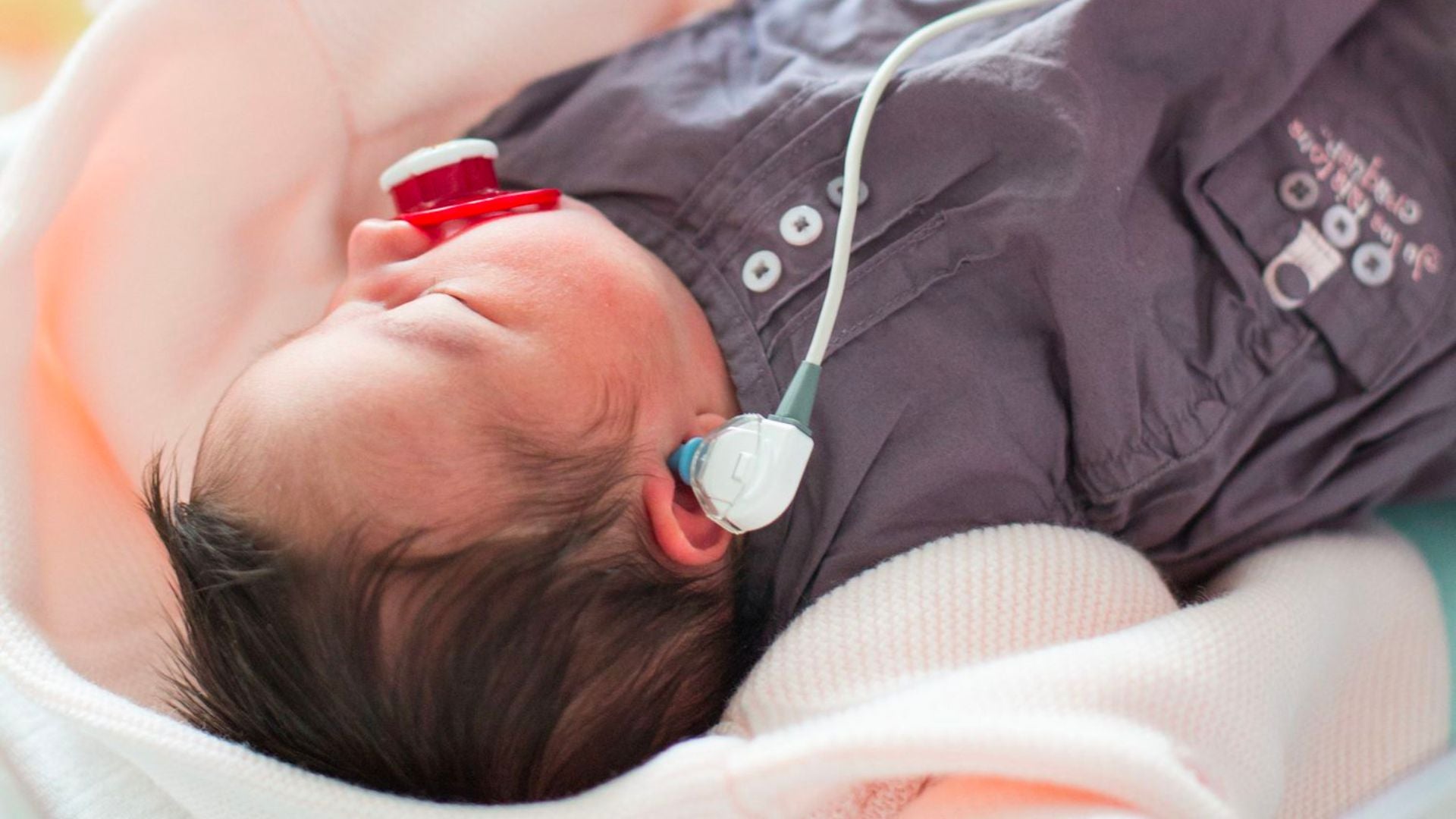
I'm Born with Hearing Loss
Being new parents of a child with congenital hearing loss may bring unique challenges, but with the right support and resources, your child can flourish. Early intervention is crucial, so consult professionals for comprehensive evaluations and personalized treatment options like hearing aids or cochlear implants.

I'm A Child with Hearing Loss
Children can lose hearing during their teenage years, sometimes with very little warning. The causes of hearing loss can differ widely between each child, so do their physiological effects. If left untreated, it can be devastating to teenagers, who are already suffering from social and emotional trials at this time in their life.

Hearing Tests for Newborns, Babies, Toddlers and Children
Hearing tests are crucial for detecting and addressing hearing loss in babies, toddlers, and children. Regular hearing checks should also be conducted to ensure the child's hearing development is on track, and any hearing loss can be detected and addressed promptly.
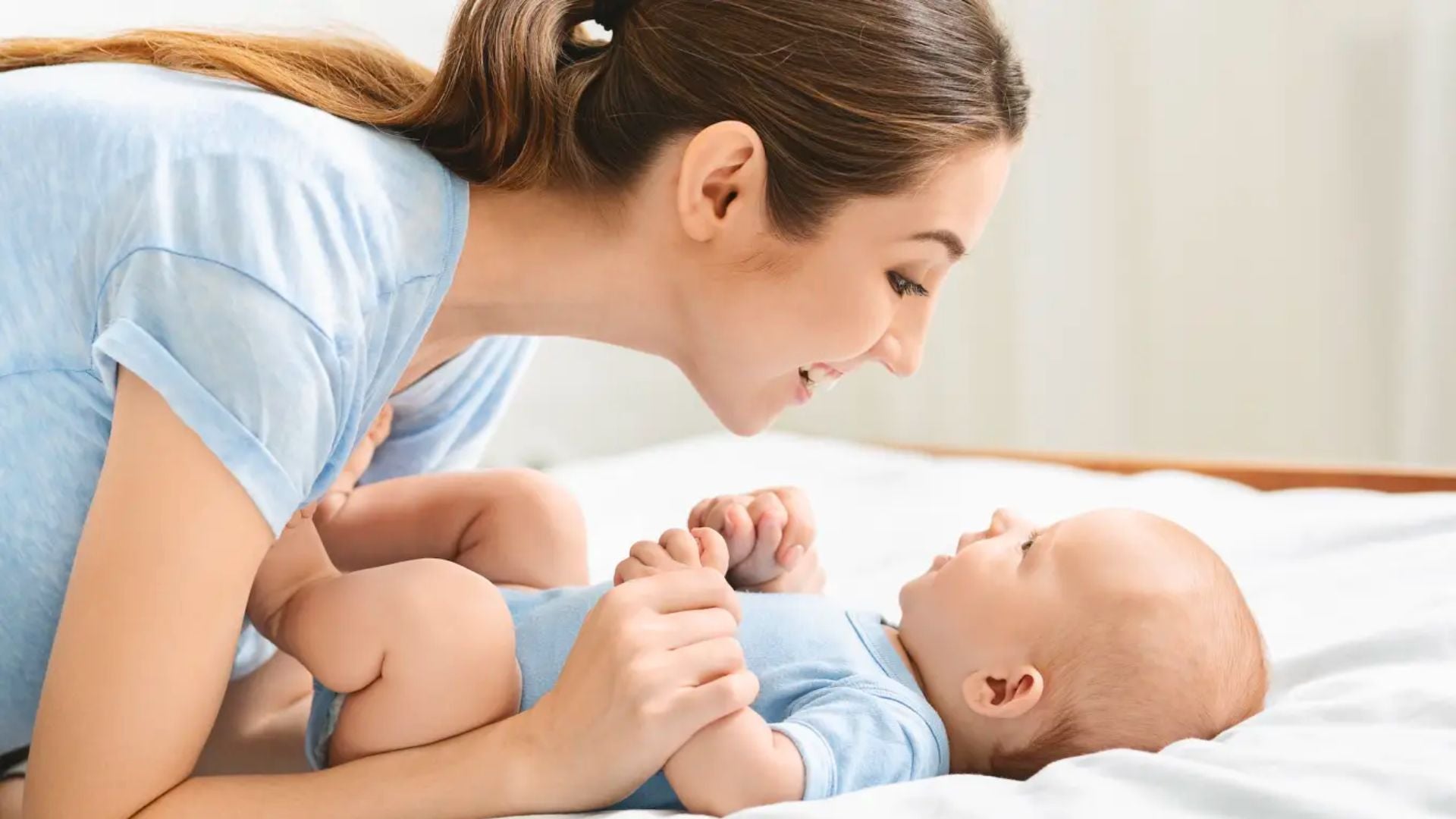
Is My Baby Hearing Well?
Your baby needs to hear sounds to learn how to speak and learn about the world. Given that the signs and symptoms of hearing impairment in babies vary, it is quite challenging to detect. Here're some hearing milestones that you can use as a guide for your baby's first 3 years of life.

Hearing Loss Prevention in Kids
Teenagers are at a higher risk of hearing loss due to exposure to loud music, frequent use of headphones, and attending noisy social events. By using hearing protection, they can avoid the negative consequences of hearing loss later in life.
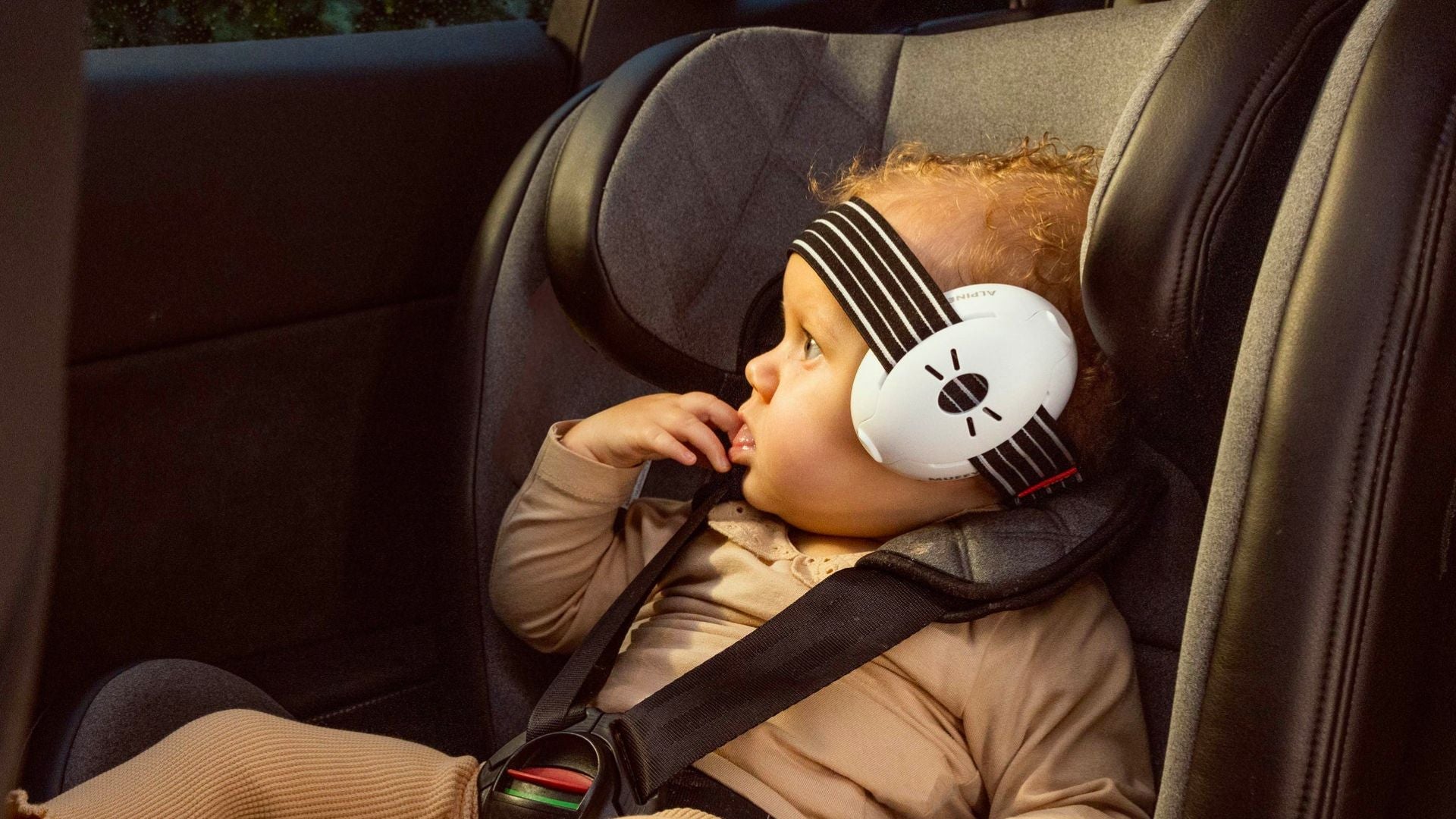
Protect Your Child's Hearing with Earmuffs
Children learn from their parents, so it’s important to model the hearing behaviors we want to encourage in our kids. The damaging effect of noise exposure on our hearing is cumulative, so it’s important to protect hearing from an early age. Bring earplugs or ear muffs with you when there is potential for loud noise.
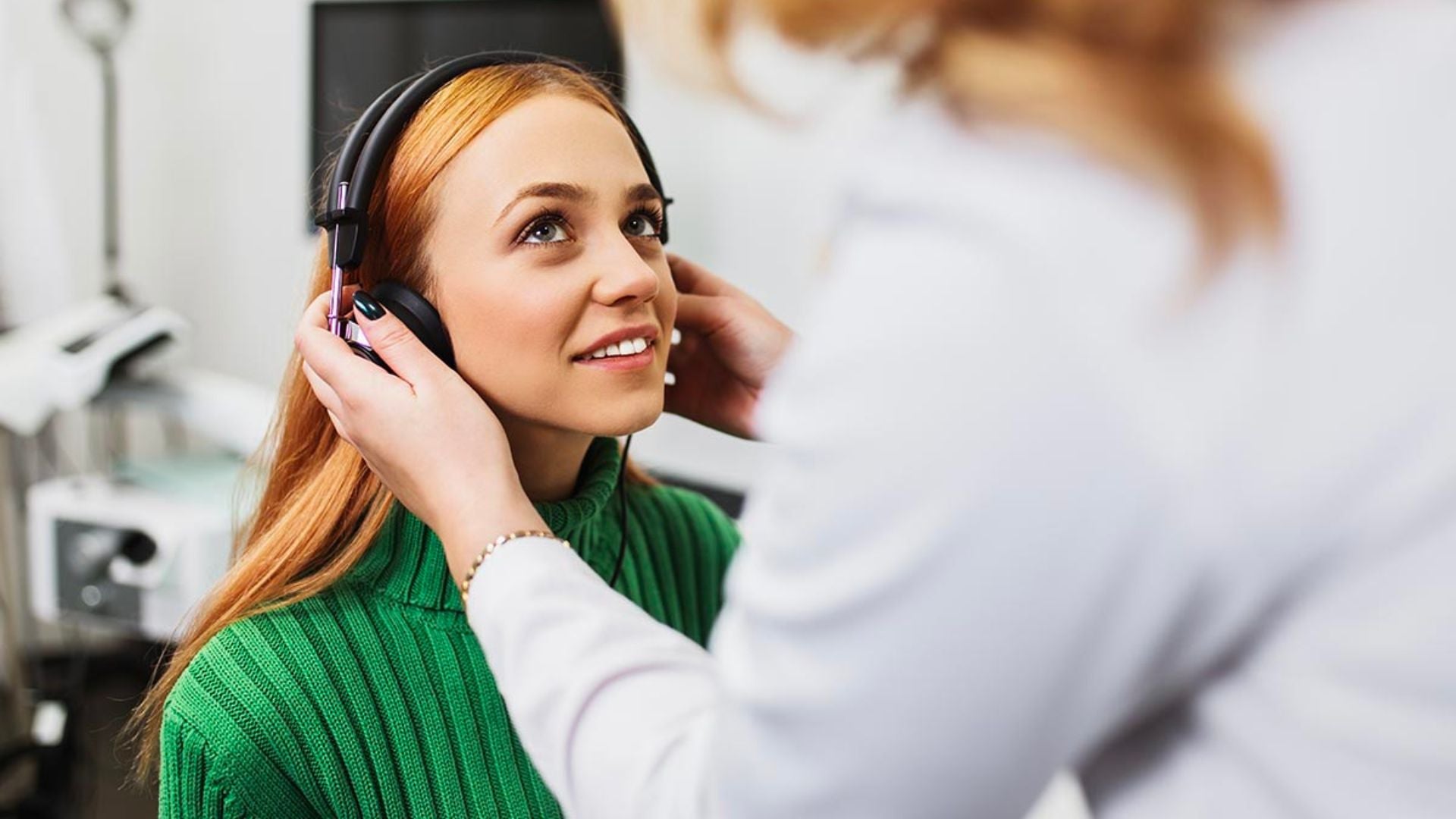
Hearing Care Services
We provide hearing care services for patients of all ages — from newborns to over 100 years old. Each customer begins with their journey with us through both behavioral and diagnostic tests. After understanding your hearing needs and expectations, you would get a personalized hearing solution to maximize your hearing ability.
Help Your Child to Thrive with Better Hearing
Thanks to hearing aids and early intervention, nearly 90% of children with hearing loss can develop age-appropriate language skills and succeed academically in mainstream schools.
~ Alexander Graham Bell Association for the Deaf and Hard of Hearing


